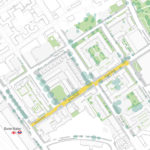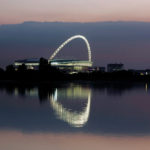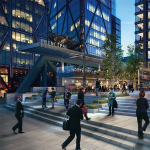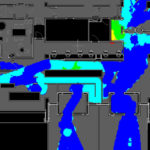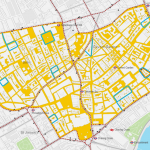Over the last decade or so, crowd simulation techniques have been used to improve the quality of a built environment by assessing space for people movement and identifying key performance indicators associated with people circulation.
Understanding the environment and the people who create it
To develop a crowd simulation model, it’s vital to understand the behavioural attributes of the crowd and aspects that define or control it.
To understand how a crowd can behave in an environment, it’s necessary to identify the different user types that the facility serves and group them based on their activities, destination, route, type – or a combination of any of these factors. It’s also essential to study and incorporate different user classes and their travel patterns.
Demography of the crowd is also essential and this includes looking at different age groups and physical attributes (size, walking speed etc). Information such as that listed below is crucial, and needs to be collected as part of the modelling work.
• do they go straight to the exit or to other intermediate points (shops, cloakrooms etc) before heading to their final destination?
• do they walk slowly or walk in groups or follow groups?
Different operational scenarios play a crucial part in crowd behaviour in an urban setting. People behave differently to different operational arrangements, and also their behaviour is influenced by many factors such as time of the day, level of congestion, occasion or context, facilities and the availability of those facilities. Therefore, as part of the modelling work, it’s essential to identify scenarios that fully cover all possible and/or critical situations.
Data to build real-life scenarios
One of the challenges in crowd simulation is to build a model which shows realistic movements and rational delays on specific points (ticket machines, security checks). Different surveys, site observations, user-experience standards and specifications for the facilities can help us to build the models that most closely resemble the real-life situation and mimic the crowd movement pattern. Momentum uses both traditional methods and the latest technology to collect data required for modelling work in line with industry standards and within the ethical framework.
Key performance indicators
In general, experiences relating to journey time, delay, level of service and ease of movement (in line with acceptable standards) drives crowd behaviour. The main aim of modelling work is therefore to identify these key performance indicators and find relevance to the objective. Surrounding built environment, operational measures proposed at the location (management measures, operational scenarios for different situations), level of crowd and available facilities control the outcomes related to the key indicators.
Understanding of crowd behaviour is not a trivial task. It includes analysis of large sets of data and the technical knowledge to convert those data sets into usable information. But the benefits it brings to major event organisers, masterplanners, architects and local government authorities are vital in meeting our vision to put people at the centre of our work and consider ‘the way the world moves…by design’.

